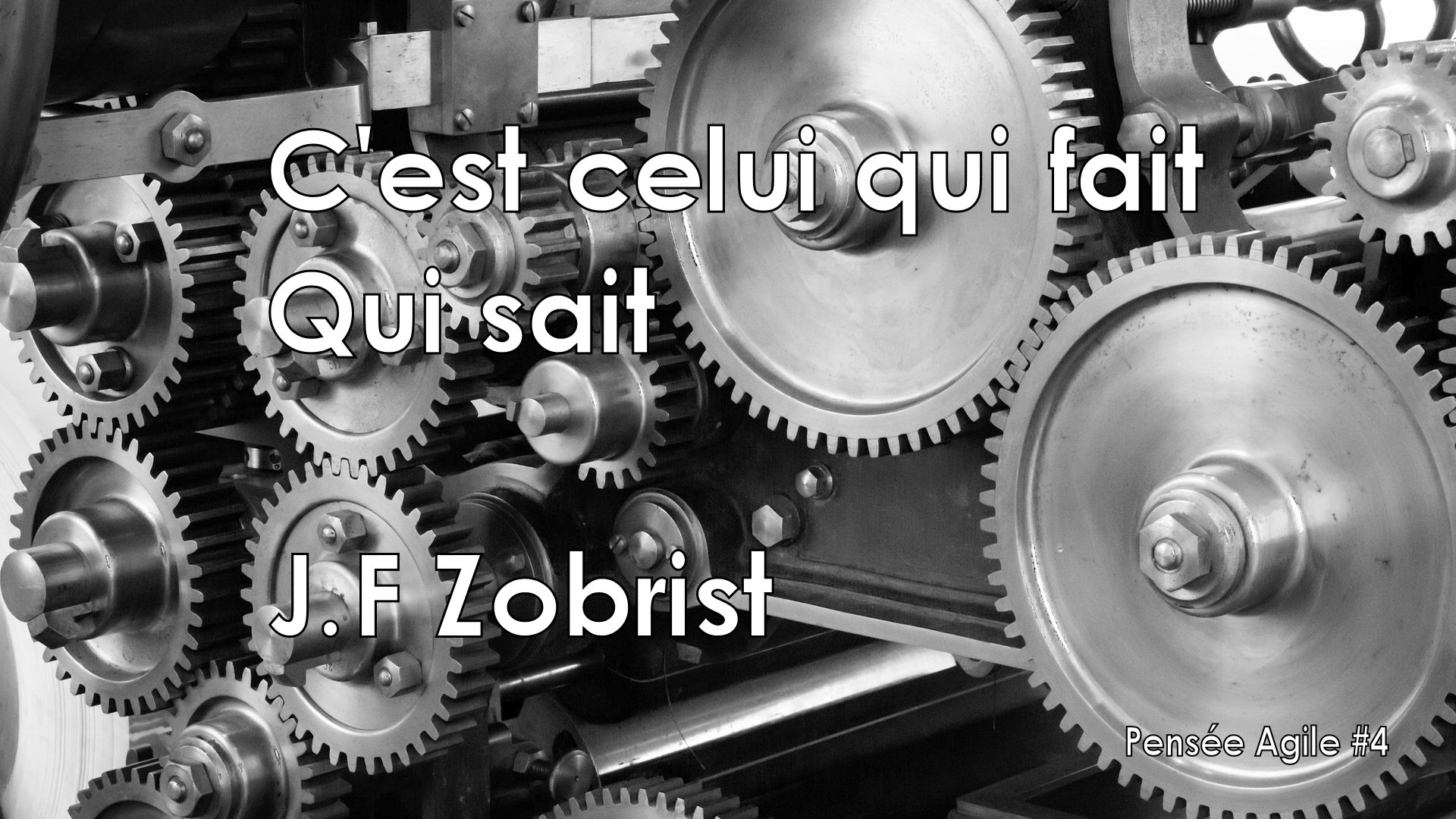Agile Layout - A Guide to Efficient and Flexible Product Production
페이지 정보

본문
Intro
Agile Design offers an adaptable, effective method to product advancement, incorporating active principles with design thinking. This approach makes use of short, repetitive cycles and fast individual feedback to produce options that satisfy customers' advancing demands. Agile Layout is specifically effective in a globe where market requires modification promptly and products need to be easy to use.
Defining Agile Style
Agile Design incorporates layout concepts with agile operations, leading to products that are receptive, top quality, and user-centered. By welcoming a repetitive technique, Agile Style permits teams to evaluate and boost their work, ensuring a close placement with customer needs.
Core Concepts of Agile Style
 User-Centered Thinking: Agile Layout makes sure individual feedback goes to the center of each model. This ongoing responses procedure aids guide the development of a product that straightens with customer assumptions.
User-Centered Thinking: Agile Layout makes sure individual feedback goes to the center of each model. This ongoing responses procedure aids guide the development of a product that straightens with customer assumptions.
Quick Prototyping: Agile Design includes developing models that can be evaluated and fine-tuned rapidly, protecting against costly layout modifications at later stages.
Cross-Disciplinary Partnership: Partnership between various groups, such as designers, programmers, and stakeholders, is vital to Agile Layout's success.
Receptive to Adjustment: Agile Style urges flexibility, adjusting as market needs or user assumptions evolve.
Why Agile Style Matters
The Agile Style process results in items that better fit individuals' needs, creating an one-upmanship. By responding to real-time responses, Agile Layout minimizes advancement costs and creates products that adjust to transforming needs.
Just How to Implement Agile design thinking Design
Damage down the project into design sprints, which permits quicker adjustments based on responses. Constant testing with genuine users makes sure the end product is pertinent and user-focused.
Agile Design supplies an adaptable, efficient technique to product growth, integrating dexterous principles with design thinking. This technique utilizes short, iterative cycles and fast user feedback to produce solutions that meet customers' progressing needs. Agile Layout is particularly reliable in a world where market demands change swiftly and items must be easy to use.
Agile Design offers an adaptable, effective method to product advancement, incorporating active principles with design thinking. This approach makes use of short, repetitive cycles and fast individual feedback to produce options that satisfy customers' advancing demands. Agile Layout is specifically effective in a globe where market requires modification promptly and products need to be easy to use.
Defining Agile Style
Agile Design incorporates layout concepts with agile operations, leading to products that are receptive, top quality, and user-centered. By welcoming a repetitive technique, Agile Style permits teams to evaluate and boost their work, ensuring a close placement with customer needs.
Core Concepts of Agile Style
 User-Centered Thinking: Agile Layout makes sure individual feedback goes to the center of each model. This ongoing responses procedure aids guide the development of a product that straightens with customer assumptions.
User-Centered Thinking: Agile Layout makes sure individual feedback goes to the center of each model. This ongoing responses procedure aids guide the development of a product that straightens with customer assumptions.Quick Prototyping: Agile Design includes developing models that can be evaluated and fine-tuned rapidly, protecting against costly layout modifications at later stages.
Cross-Disciplinary Partnership: Partnership between various groups, such as designers, programmers, and stakeholders, is vital to Agile Layout's success.
Receptive to Adjustment: Agile Style urges flexibility, adjusting as market needs or user assumptions evolve.
Why Agile Style Matters
The Agile Style process results in items that better fit individuals' needs, creating an one-upmanship. By responding to real-time responses, Agile Layout minimizes advancement costs and creates products that adjust to transforming needs.
Just How to Implement Agile design thinking Design
Damage down the project into design sprints, which permits quicker adjustments based on responses. Constant testing with genuine users makes sure the end product is pertinent and user-focused.
Agile Design supplies an adaptable, efficient technique to product growth, integrating dexterous principles with design thinking. This technique utilizes short, iterative cycles and fast user feedback to produce solutions that meet customers' progressing needs. Agile Layout is particularly reliable in a world where market demands change swiftly and items must be easy to use.
- 이전글You'll Be Unable To Guess Adults ADHD Test's Tricks 24.12.23
- 다음글This Week's Most Remarkable Stories About Anxiety Disorder Social Anxiety Disorder Social 24.12.23
댓글목록
등록된 댓글이 없습니다.


